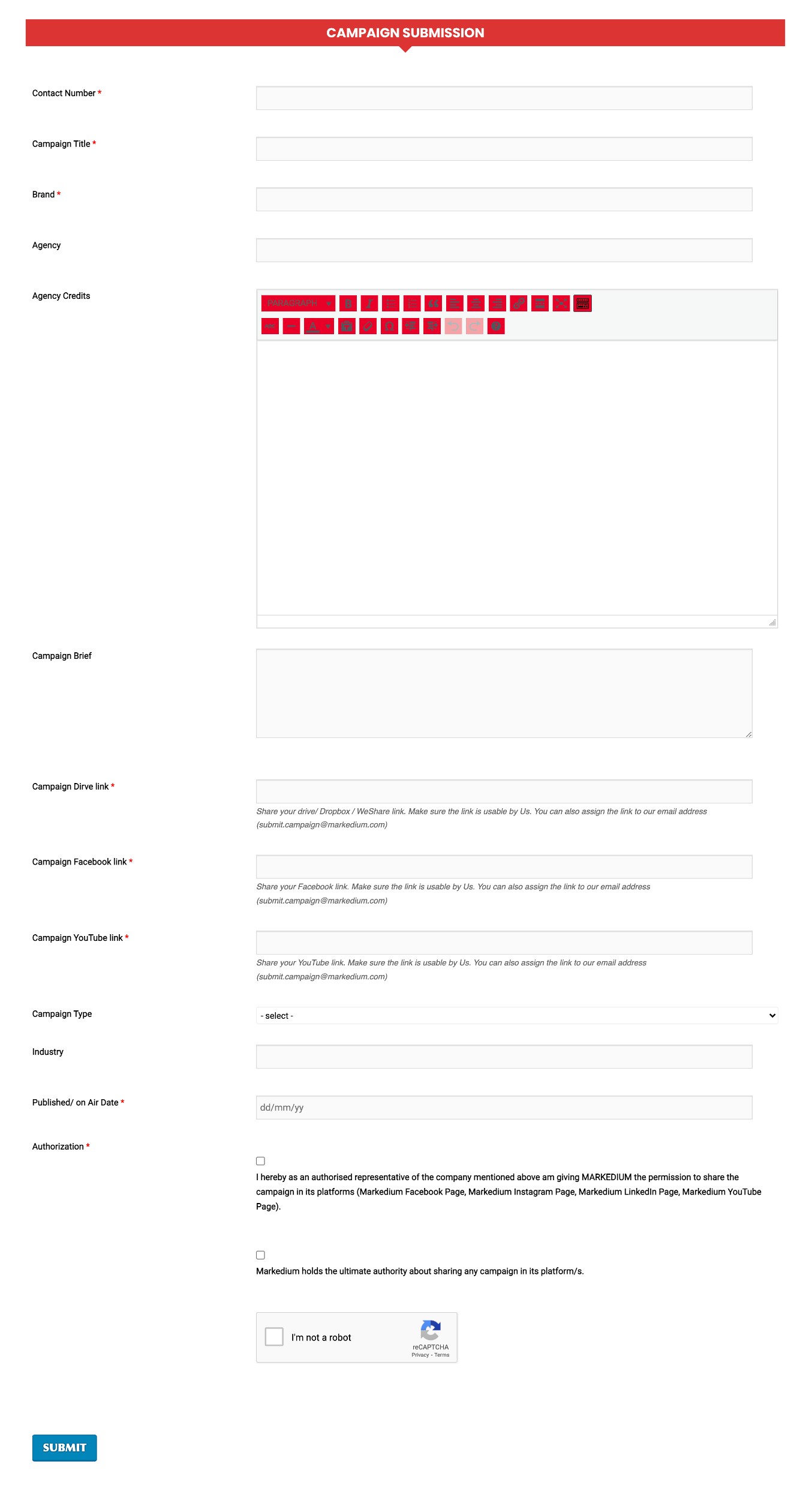
Improvisation through music – Marketing in Tobacco Industry3 min read
The exam went well, bring out a B&H. Chilling with friends, where is the Marlboro? Bangladesh’s “tongs” or tea stalls have played host to many gatherings where friends sat down and thiscussed sports, politics or heartbreaks with a cigar in hand. But the question that intrigues every budding marketing enthusiast is, how have tobacco companies managed to prevail and reach out to their consumer base without the power of mass media?
It is no secret that advertisement of tobacco products is secretly regulated all around the world. Through the Tobacco Advertising, Promotion and Sponsorship (TAPS) ban, regulators have been able to restrict tobacco marketers from promoting their products. In Bangladesh, leading tobacco companies like BAT and Phillip Morris resort to point-of-sale promotions to reach out to the consumer. Hanging dummy flyers inside stores, showcasing packages in selected restaurants and intense focus on CSR activities are some of the ways tobacco companies interact with the public. Regardless, the power of mass media lies in its capacity to influence thousands of eyeballs simultaneously. A power tobacco companies are not allowed to use. So, companies like BAT improvised. How? By using one of the purest art forms known to man to connect on a deeper, more intimate level with the customer – music.
With stricter regulations impeding tobacco companies from using straightforward advertising in the 90s, BAT utilized the undeniable appeal of music to promote their cigarettes in London. Partnering up with clubs and later record label Ministry of Sound, BAT promoted their brand to young party-goers to great success. The initial success of the campaign led to more tobacco companies sponsoring music festivals and tours, visiting various bars and clubs. Once inside these clubs, tobacco companies gave away free cigarette samples, merchanthise and games to name a few to a group of like-minded people who embraced the hip lifestyle and felt connected to the music and the people around them.
Now instead of diving into great details about these campaigns, let us break this unique, ingenious initiative into fundamental elements. Tobacco companies realized they needed a thistinct touch point that would resonate with the public. They improvised and picked music. They identified the fact that the habit of smoking often starts when one is part of a core group. The idea of music and being around friends gave birth to the idea of teaming up with bars and record labels. The whole concept is almost like catching a fish. The setting and the people were the bait. Once they were in, promotions and free giveaways helped tobacco companies to influence the individual to embrace the brand as part of the occasion. Brilliant.

Tobacco companies adapted the concept to meet musical tastes around the world. BAT hosted BHN events in Bangladesh, bringing bands like Arbovirus and Nemesis, immensely popular among the youth to trigger the same response. Create a fun atmosphere, bring people in and promote your product as an essential part of the experience.
What can brand from other industries learn from this? Nowadays, brands have more points of contact with the customer than ever before. But, what brands fail to do is connect with the customer through the right channel and associate the product with the customer’s life. Give the customer a great experience and he/she will remember your brand. Instead of shoving your product into the customer’s face 24/7, connect to them on a deeper, emotional level and make them buy into what your product offers. In my opinion, that is the biggest takeaway brands can take from how tobacco companies used music to survive and thrive.
Think of your favorite brand and imagine yourself as the brand manager. How would you create a seamless experience for your customer?


